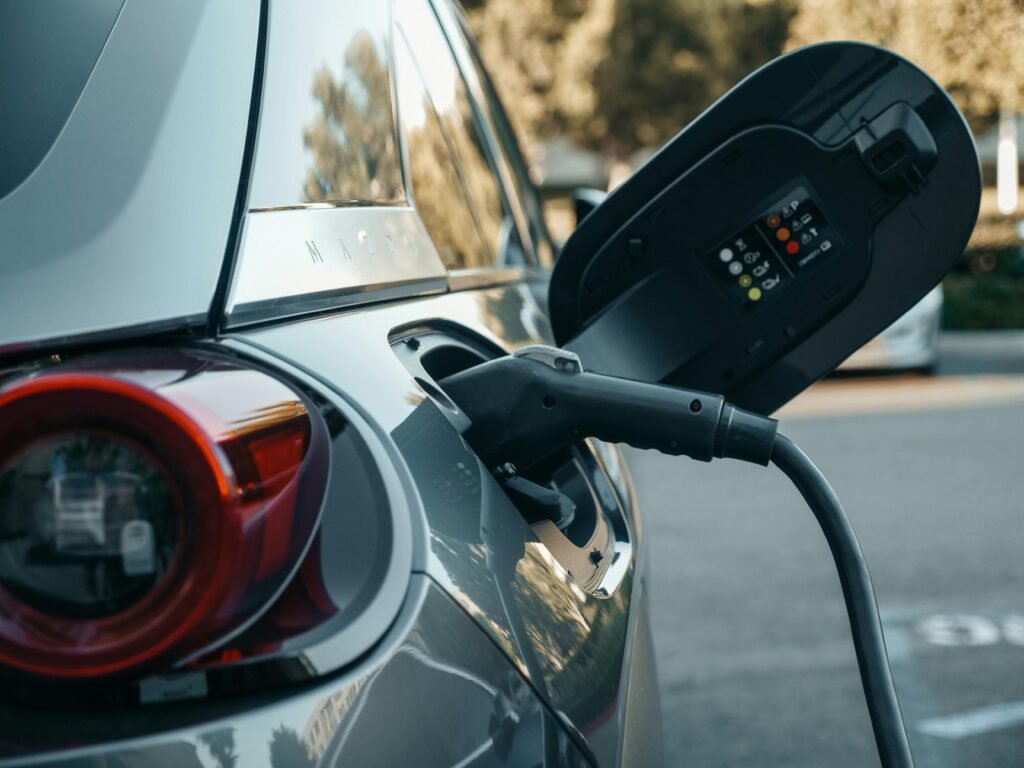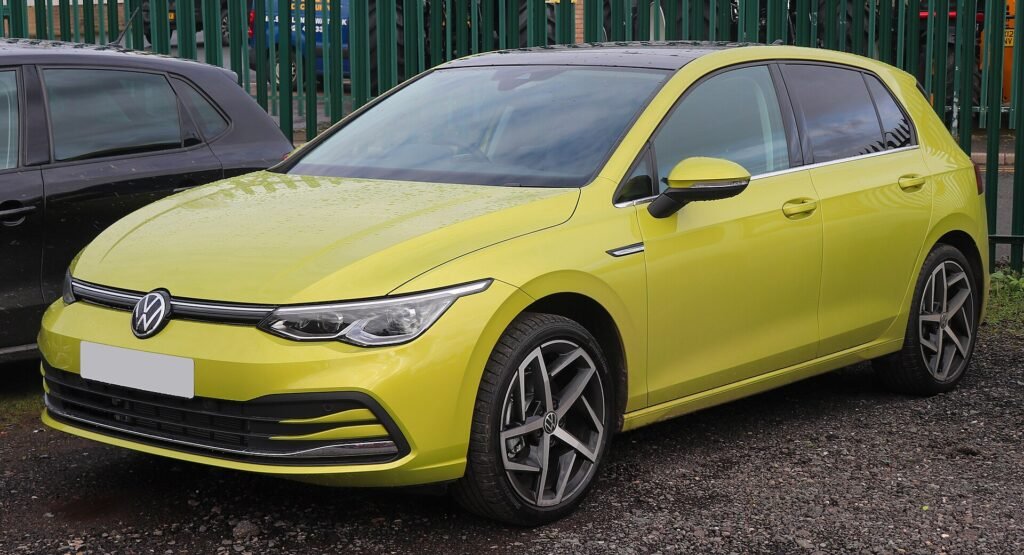Introduction
If you’ve been trying to buy a used car in the past couple of years, you know it’s been a wild ride. Prices have skyrocketed due to supply chain issues, semiconductor shortages, and the overall economic turmoil post-pandemic. But now, in 2025, things seem to be shifting. So, is the used car market finally stabilizing, or are we still in for more surprises?
Let’s break down what’s happening, which used cars give the best value, and what factors will determine if prices truly settle down.
What’s Driving Used Car Prices?
Several key factors have been shaping the used car market:
New Car Production is Recovering – With supply chain issues improving and semiconductor shortages easing, more new cars are rolling off the production line, reducing demand for used models.
Interest Rates & Financing Costs – Higher borrowing costs are making buyers reconsider splurging on expensive used cars, which could cool demand.
The EV Shift – More electric cars are hitting the roads, causing depreciation in older petrol and diesel cars (though not as fast as some expected).
Government Policies & Taxes – In places like the UK and Ireland, import taxes and emissions-based taxation are impacting car affordability.
With these in mind, let’s look at where the best deals are in the used car market.


Best Value Used Cars in 2025



Source: Vauxford


Source: Vauxford

When buying a used car, most people prioritize reliability, comfort, fuel economy, and value for money. Here are some standout models that tick all the boxes:
1. Toyota Corolla (2017–2022)
Why? Bulletproof reliability, solid fuel economy, and great resale value.
Best For: Budget-conscious buyers who want hassle-free ownership.
Price Range: £12,000 – £20,000 (€14,000 – €23,000)
2. Honda Civic (2016–2021)
Why? Fun to drive, excellent fuel economy, and super reliable.
Best For: Those wanting a mix of sportiness and practicality.
Price Range: £11,000 – £19,000 (€13,000 – €22,000)
3. BMW 3 Series (2018–2022)
Why? Premium feel, strong diesel engines, and a great balance between performance and efficiency.
Best For: Buyers looking for a luxury experience without paying new car prices.
Price Range: £18,000 – £30,000 (€21,000 – €35,000)
4. Skoda Octavia (2017–2022)
Why? A hidden gem with VW build quality, huge boot space, and efficient engines.
Best For: Families and taxi drivers who need practicality and economy.
Price Range: £10,000 – £18,000 (€12,000 – €21,000)
5. Volkswagen Golf (2016–2021)
Why? Great all-rounder with a strong reputation and solid resale value.
Best For: Buyers wanting a refined and comfortable daily driver.
Price Range: £12,000 – £22,000 (€14,000 – €25,000)
6. Hyundai Tucson (2018–2023)
Why? Reliable, spacious, and surprisingly good tech for the price.
Best For: SUV lovers who want reliability without luxury brand costs.
Price Range: £15,000 – £28,000 (€17,000 – €32,000)
Are Prices Actually Stabilizing?
Now for the big question—are used car prices cooling down?
Signs That Prices Are Stabilizing:
More new cars are available – As supply catches up with demand, buyers are less desperate to overpay for used models.
Slowing inflation and higher interest rates – Financing a car is more expensive now, making people think twice before buying.
Depreciation returning to normal – Some cars that were holding their value unusually well (like used SUVs) are now starting to depreciate again.
Signs That Prices Might Stay High:
Demand for hybrids and EVs is rising – With governments pushing for lower emissions, good used hybrids and EVs are still commanding strong prices.
Import restrictions and taxation – This is a big issue in places like the UK and Ireland, where bringing in used cars is becoming more expensive.
Importing Used Cars: UK vs. Ireland
Many buyers in the UK and Ireland consider importing used cars, especially from the UK to Ireland. But is it still a good deal in 2025?
Advantages of Importing a Used Car into Ireland:
Wider selection – The UK has a bigger car market with more variety.
Potential savings on some models – Even with taxes, certain luxury or high-spec models may still be cheaper than Irish equivalents.
Disadvantages of Importing into Ireland:
VRT (Vehicle Registration Tax) – This can be a dealbreaker, as it’s calculated based on emissions and car value.
Brexit-related complications – Increased paperwork and higher costs due to customs fees.
Right-hand drive but different specs – UK cars may have different features or warranties that don’t apply in Ireland.
For UK buyers looking to import from the EU, the process is also more complex due to post-Brexit trade rules. Overall, importing is still an option, but the savings aren’t as big as they once were.
What’s the Most Likely Outcome?
Based on current trends, here’s what’s most likely to happen:
Mid-range and budget used cars will stabilize – Models like the Toyota Corolla, Skoda Octavia, and VW Golf should see prices level out as supply improves.
Luxury used cars will start depreciating faster – The crazy used prices for BMWs, Audis, and Mercedes should come down as more new models enter the market.
Hybrids and EVs will hold their value better – With the transition to electric continuing, good used hybrid and electric models will remain pricey for now.
Imports will remain tricky – Taxes and Brexit-related costs will keep cross-border deals less attractive.


Final Thoughts
So, is the used car market finally stabilizing? The answer is yes… but slowly. While we’re not seeing the crazy price jumps of 2021-2023, certain models—especially hybrids and EVs—are still in high demand. If you’re looking for a petrol or diesel car, the best deals are coming back, and 2025 might finally be a good time to buy.
If you’re in the market for a used car, be patient, shop around, and don’t fall for overpriced listings. The market is shifting, and deals will be back on the table sooner rather than later!
What’s your take—are you seeing better deals in your area, or are prices still ridiculous? 🚗💨

